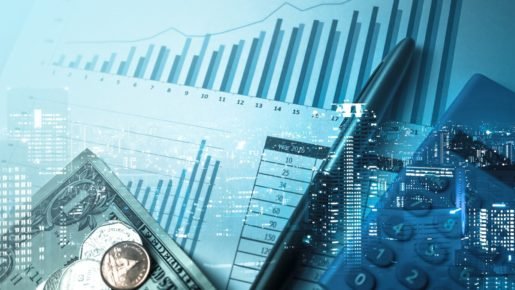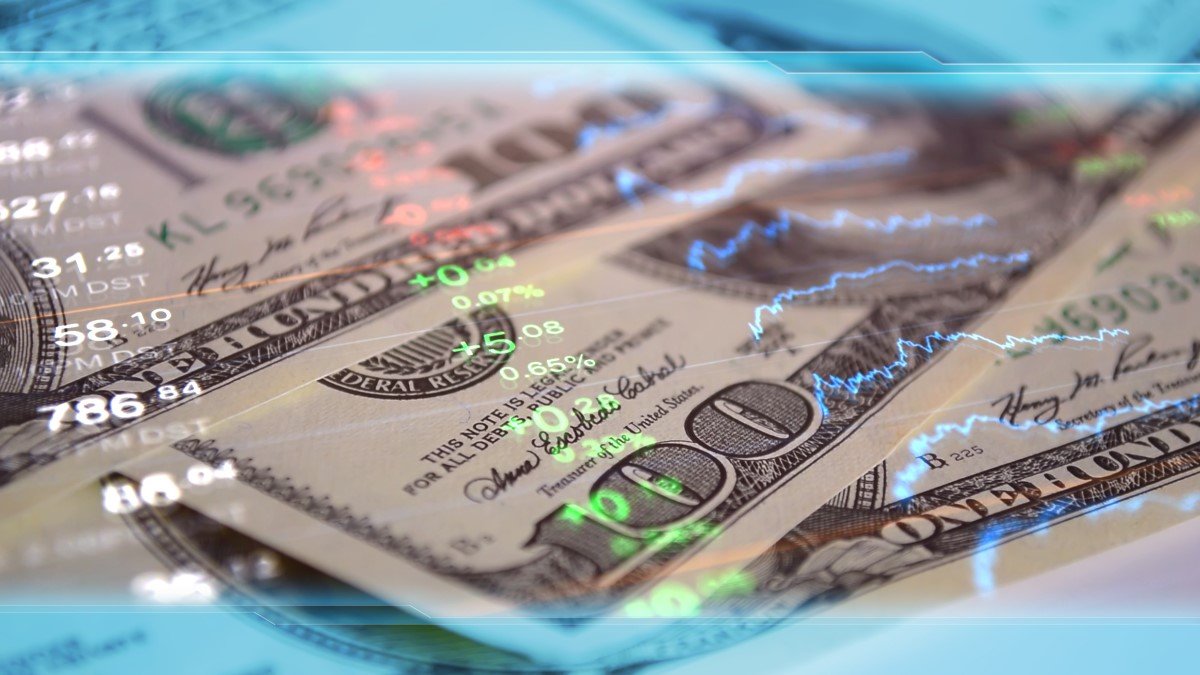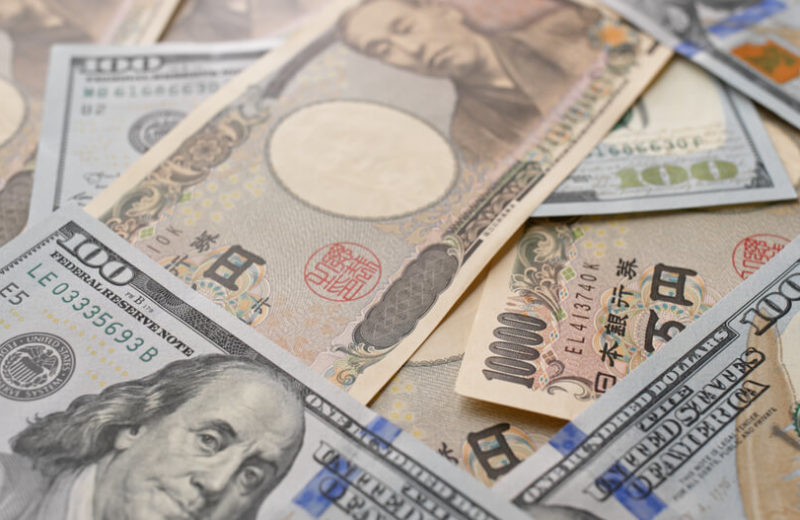Let’s check what happened in the international exchange market after Friday. In the United States, the labor market remains strong.
There was a week of torrid data. On Friday, the British pound steadied below $1.31. Thus, the pound was on track for its first weekly gain in a month. It included dovish comments from central bank policymakers and unexpectedly low inflation.

The Australian dollar and its New Zealand counterpart rose 0.2% against the greenback. Per dollar, the Chinese currency rose 0.2% to 6.8636 yuan.
The phase one China-U.S. trade deal was signed on Wednesday. Hopes raised optimism about the economy, which might be bottoming out.
Masashi Hashimoto is a senior currency analyst at the MUFG Bank in Tokyo. He said that in some areas such as fixed-income investments and industrial output, there were rebounds.
It is in line with other signs that China’s deceleration will end soon.
The dollar held its ground against the broad basket of currencies. Despite this, the greenback was on track for a small weekly loss. The dollar’s index tracking its strength against six major peers has slightly changed at 97.31.
United States
Recent data was mildly supportive of the dollar.
Chinese data show the world’s second-biggest economy might be starting to diminish. In the offshore, the yuan rose to a six-month high against the dollar. The Australian dollar rallied on Friday.
The Australian dollar often trades as a liquid proxy for the Chinese yuan. Thus, Australia’s small and open economy is heavily reliant on exports to China.
In the December quarter from a year earlier, China’s economy grew 6.0%. The 6.1% growth of 2019 was the slowest in the last 29 years. Investment and demand remain sluggish. In 2020, Beijing will most probably introduce more stimulus measures.
A senior market analyst at OANDA, Craig Erlam, shared that overnight Chinese data offered some cause for optimism. The United States, with phase one deal partially lifted the cloud of uncertainty hanging over the economy.
That is the current situation of the international exchange market.















